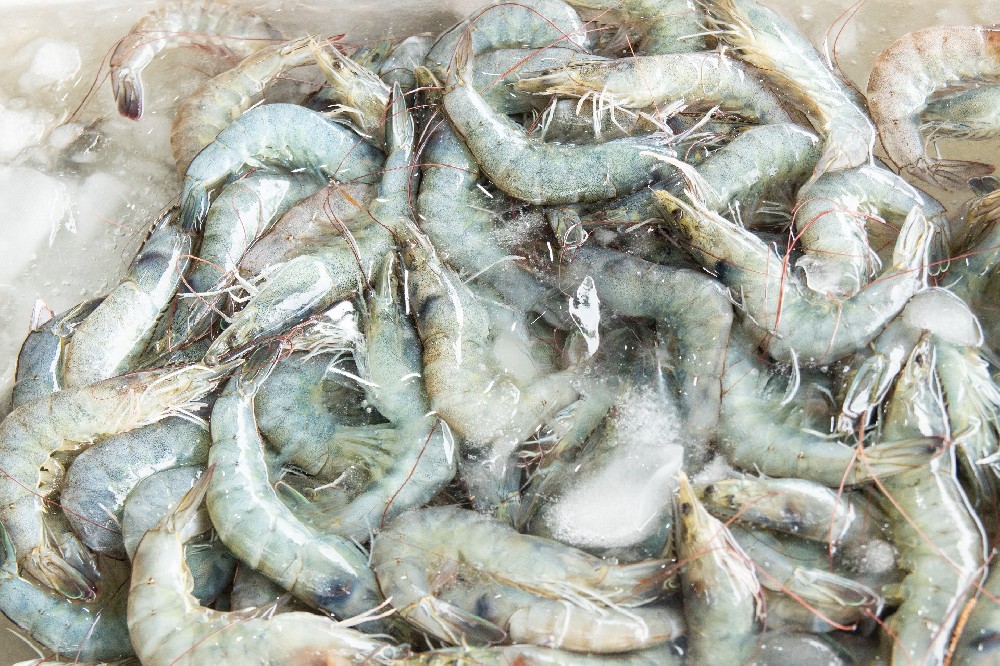From 500 million to 600 million, China's tuna international status will be consolidated again

At the recent International Tuna Industry Summit (Shanghai) hosted by Frozen Products Raiders, authorities from the industry gathered to discuss the current situation and future trends of the canned tuna market in China. Liu Youqian, president of China Canned Food Industry Association, made a speech, which revealed that although this market has experienced twists and turns.
In recent years, despite the complex and volatile global economic environment, China's domestic canned tuna market has shown steady growth. From the data point of view, from 507 million yuan in 2015 to 565 million yuan in 2019, although the growth rate is relatively moderate, but this continuous growth trend undoubtedly injected confidence into the industry. Chairman Liu Youqian pointed out that although the market growth slowed down after 2019, the current market size has reached nearly RMB 623 million yuan, which is mainly due to the increasing attention paid by middle-and high-income groups to healthy diet. With the upgrading of consumption and the improvement of health awareness, canned tuna is increasingly favored by consumers in major cities for its nutritional characteristics of high protein and low fat.
At the same time, China's canned tuna export performance is even more impressive. In 2023, the export volume reached 139,100 tons, with a significant year-on-year growth, and in the first half of 2024, it achieved a year-on-year growth rate of 70%, with the total export volume reaching 90,500 tons. This achievement not only consolidated China's position as the world's third-largest exporter of canned tuna, but also achieved a qualitative leap in the total export value, doubling from US $416 million in 2017 to US $832 million in 2023. Thailand and Spain are important markets for Chinese tuna exports, which shows the strong competitiveness of Chinese tuna products in the international market.
However, opportunities always coexist with challenges. While China's tuna industry is developing rapidly, it is also facing multiple challenges such as labor shortage, fluctuations in international market demand and rising operating costs. Despite the scale of fishing, these challenges within the industry cannot be ignored, said Xu Liuxiong, a professor at Shanghai Ocean University. In order to meet these challenges, joint efforts are needed inside and outside the industry to improve fishing efficiency and reduce operating costs through technological innovation and industrial upgrading; on the other hand, strengthen communication and cooperation with the international market, accurately grasp the changes in market demand, and open up broader market space with flexible and diversified marketing strategies.
-

Ecuadorian Shrimp-It's Not Easy To Love You
2024-07-04 -
The AI Lecture of Zhanjiang Chamber of Commerce was successfully held in Quanlian Centralized Procurement, helping the enterprise to upgrade its digital intelligence
2025-04-18 -
Tilapia Tariff Raised to 45%, U.S. Market Waiting for Change
2025-04-02 -
Into the Northwest Frozen Food Hub| All-Union Centralized Procurement Visits Lanzhou Jiaojiawan Frozen Market
2025-03-07 -
China's Ministry of Commerce's latest response to the US imposition of a 10% tariff on Chinese exports to the United States
2025-03-04 -
Ecuador shrimp industry new era, 2024 top ten shrimp enterprises list announced
2025-02-26













